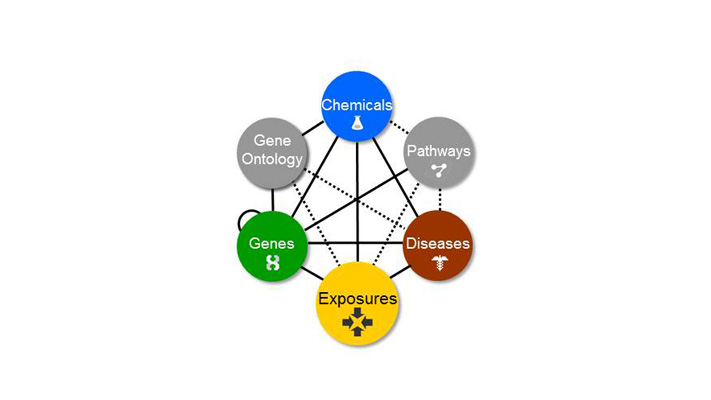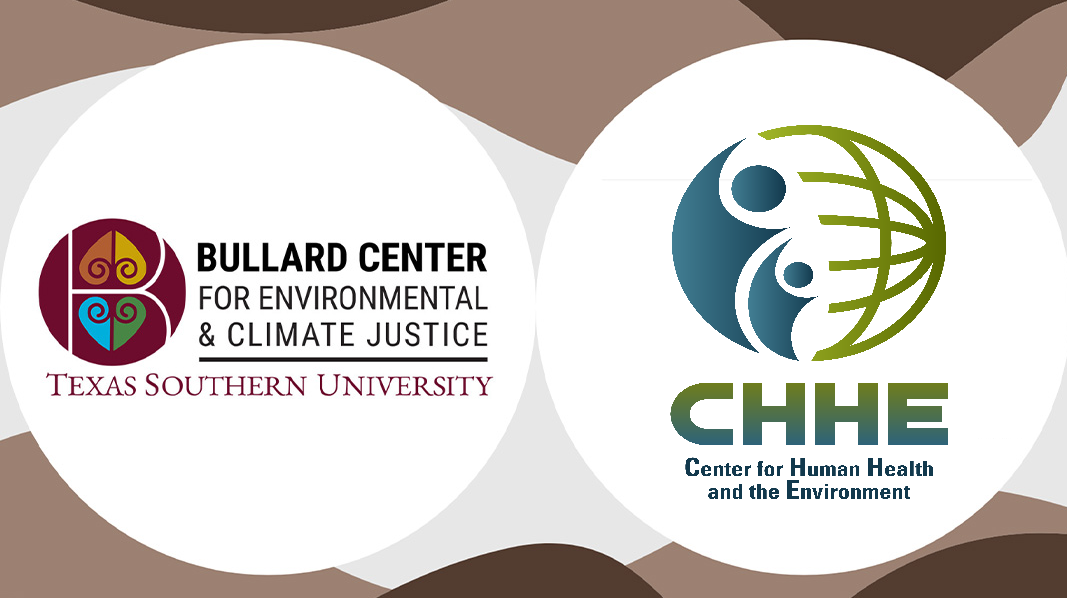Database Helps Researchers Connect Exposures to Health Effects, Compare Diseases for Treatment

Two new studies from a group at North Carolina State University give researchers new strategies for connecting environmental exposures to human health effects.
The Comparative Toxicogenomics Database (CTD) is a public database that manually curates and codes data from the scientific literature describing how environmental chemicals interact with genes to affect human health. “CTD is the only freely available database of its sort,” says Carolyn Mattingly, associate professor of biology at NC State, principal investigator of the CTD program and co-director for the Center for Human Health and the Environment’s Integative Health Sciences Facility Core. “It centralizes scientific data on thousands of chemicals and their relationships to genes, molecular pathways and diseases, and combines this information with tools to help scientists explore the impact of environmental exposures on human health.”
Cynthia Grondin, research scholar at NC State and lead author of the group’s study appearing today in Environmental Health Perspectives, has helped augment the database’s content to include information from exposure science articles. These data complement CTD’s experimental data with real-world exposure information on human populations and diseases. Two other CHHE members, David Reif and Jane Hoppin also contributed to these studies.
Using an initial collection of 3,000 published articles selected for environmental exposures to humans, Ph.D.-level biocurators read the articles and hand-curated the data. They collected 54 types of data from each paper, including: the chemical involved in the exposure; demographic information on the exposed population; how the chemical was measured; and what effects were observed – including disease outcomes. Data were captured in a systematic way, incorporated into CTD and released publicly in March 2016.
“Combining this information with the more than 30 million chemical-gene-disease interactions already in CTD really expands the way users can analyze the data, by grounding experimental data in real-world contexts and providing mechanistic information to population-based studies,” says Grondin.
Read more here.
- Categories:


